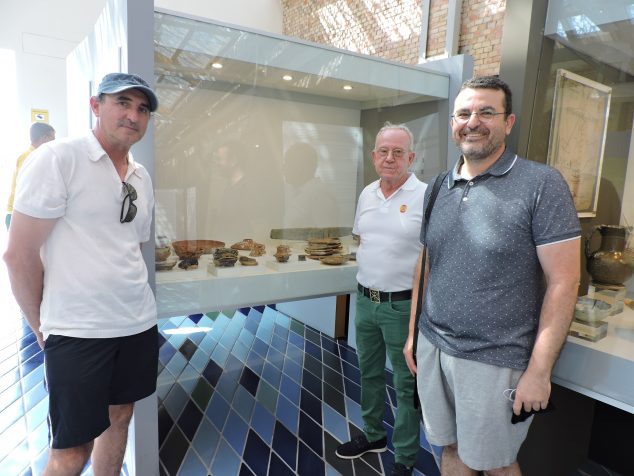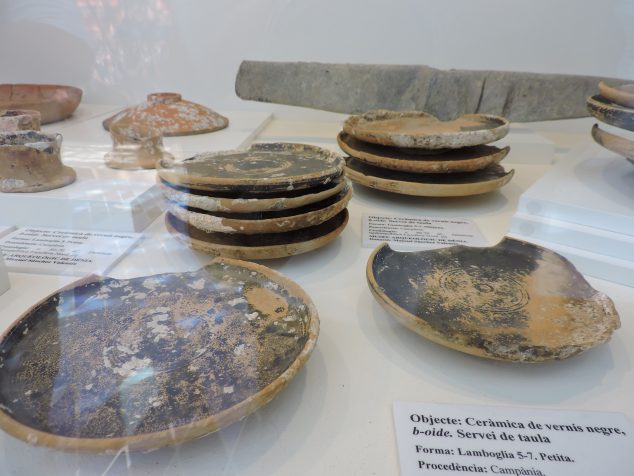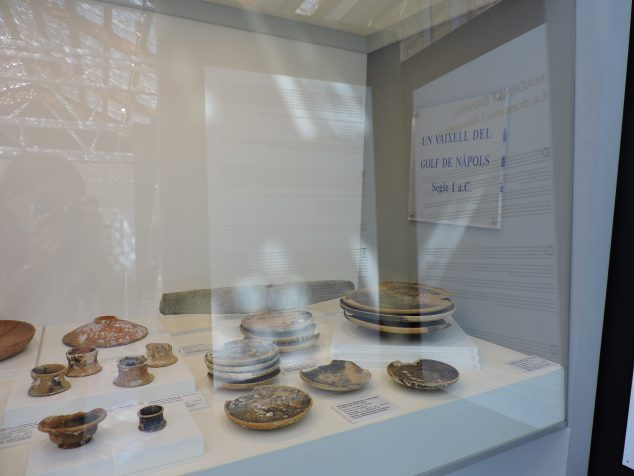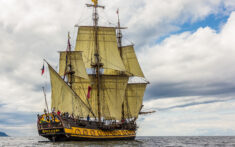The councilman of Culture, Raúl García de la Reina, and the director of Archeology and Museums, Josep Antoni Gisbert, have presented today a set of ceramics with a black varnish from the Italian region of Campania and others with internal Pompeian red varnish, originating from the XNUMXst century BC, which Manuel Sánchez Valentín has donated to the Archaeological Museum for its exhibition at the Museu de la Mar.
Manuel Sánchez Valentín, a great fan of underwater fishing, fortuitously found these underwater archaeological remains in the surroundings of the port of Dénia in 1980, as he himself has explained.
At that time, he already left several of the pieces found in storage at the Archaeological Museum and, recently, he donated the set of 81 pieces of Campanian ceramic tableware and kitchenware that has been presented today. 40 of these pieces are whole and in good condition and most of them are already on display at the Museu de la Mar.
This afternoon, at 20:XNUMX p.m., the archaeologist Josep Gisbert He will talk about that ship sunk in Sertorio's time, coming from the Gulf of Naples, loaded with wine and ceramics, where the pieces donated by Sánchez Valentín come from. With this talk the summer program of the Dénia museums will be inaugurated, which will last until September.
The catalog and study of these pieces that the Archaeological Museum is carrying out will offer capital information for the knowledge of maritime traffic and imports of the Roman Denia, Dianium, in the late Republican era, when it was a stipendiary city - its goods and people belonged to Rome. and it authorized its inhabitants to exploit their resources in exchange for the payment of a tribute (stipendium) - before reaching the status of municipium.
The ceramic tableware and kitchenware found dates between 80 and 70 BC, the time of Sertorio, and comes, due to the contexts that have been established from different findings, from one of the ships from the Gulf of Naples at that time and that it was shipwrecked in the vicinity of the port of Dénia.
These onerarian ships, Gisbert explained, were large and transported wine from the Gulf of Naples, oil from Apulia and, as secondary cargo, fine table and kitchen ceramics, very popular at the time, marked by the Romanization of the Iberian world. and, consequently, the resurgence of consumption of wine and other italic products.









